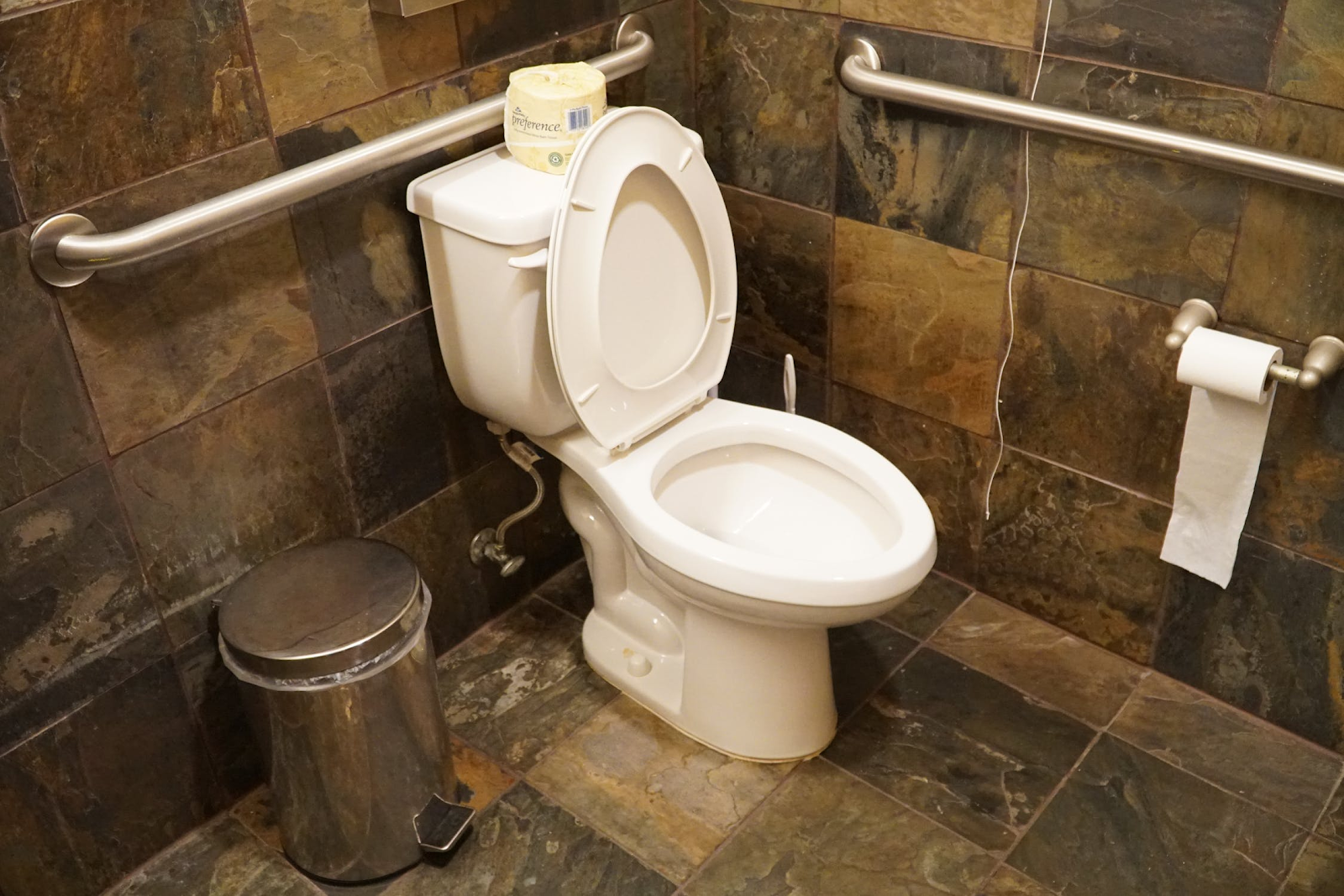Stanford researchers have created a smart toilet which can detect a variety of diseases and identifies a user by scanning their anus.
Radiology professor Sanjiv Gambhir and a team of scientists have a specialized gadget which attaches to an ordinary toilet. The technology uses motion detection to sense urine and stool, deploying a variety of tests which can identify an assortment of ailments, including some colorectal and urologic cancers.
“Our concept dates back well over 15 years,” Gambhir told Stanford Medicine News. “When I’d bring it up, people would sort of laugh because it seemed like an interesting idea, but also a bit odd.”
Urine and stool samples are captured on video and then assessed based on stool consistency and “urodynamics,” or the flow rate, stream time and total volume. The toilet also utilizes urinalysis strips to measure criteria like white blood cell count, protein levels and consistent blood contamination. The toilet can currently measure 10 different biomarkers, pointing to issues as simple as an infection or as serious as kidney failure.
The technology then sends the data to a secure, cloud-based system. In theory, if the toilet detects something abnormal, an app will send an alert to the user’s healthcare team.
Gambhir said data security is pivotal.
“We have taken rigorous steps to ensure that all the information is de-identified when it’s sent to the cloud and that the information — when sent to health care providers — is protected under HIPAA,” he told Stanford Medicine News.
In order to distinguish between multiple people using the same toilet, the team developed an identification system: anal scans.
“We know it seems weird, but as it turns out, your anal print is unique,” Gambhir said. “The whole point is to provide precise, individualized health feedback, so we needed to make sure the toilet could discern between users.”
However, the scans are only used for recognition and cannot be seen by the patient or their doctor.
Gambhir and his colleagues published their findings in “Nature Biomedical Engineering” on Monday after completing a pilot study with 21 participants. The abstract refers to the smart toilet as “easily deployable hardware and software for the long-term analysis of a user’s excreta through data collection and models of human health.”
The smart toilet is considered continuous health monitoring, a class of technology including the Apple Watch and the Fitbits. Continuous health monitoring can provide patients with chronic illness some independence, allowing them to keep an eye on their conditions at home. The market is growing and is expected to surpass $67 million in value by 2022.
“The thing about a smart toilet, though, is that unlike wearables, you can’t take it off,” Gambhir said. “Everyone uses the bathroom — there’s really no avoiding it — and that enhances its value as a disease-detecting device.”
According to Stanford Medicine News, the device could be particularly beneficial for people with genetic predispositions to conditions such as prostate cancer, kidney failure or irritable bowel syndrome.
Moving forward, Gambhir and his team hope to refine the technology and increase the number of participants in their study. While the number of people who have tested the toilet is limited, the team surveyed 300 prospective users to gauge “user acceptance.” More than half of the survey participants said they were comfortable with the idea of a smart toilet.
Contact Emma Talley at emmat332 ‘at’ stanford.edu.
